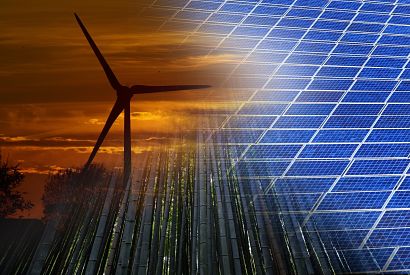
The note analyzes global renewable energy investment trends and projected gaps to meet the goal of tripling renewable energy capacity by 2030 from 2023. It finds by reorienting capital from the fossil fuel sector to renewable energy, banks can bridge the International Energy Agency's projected annual investment gap of US$400 billion from 2024 to 2030.
“With only six years remaining, the 2030 goal for renewable energy seems a stretch too far, but enhanced cooperation between developed and developing countries and conductive local policies may bridge the gap” said the note's co-author Vibhuti Garg, Director – South Asia, IEEFA. “Negotiators at COP29 in Baku should back their ambition to triple renewable energy up with a consensus on additional climate finance, supported by the developed countries, to fill the gap of catalytic funds in the developing and least-developed countries.”
The note finds that under different estimates, global investment in renewable energy has been growing, highlighting the attractiveness of renewable energy among investors. It rose from the range of US$329 billion - US$424 billion in 2019 to US$570 billion - US$735 billion in 2023, implying a jump of 73 percent – 78 percent during this period. However, the average annual investment to achieve the goal of tripling renewable energy will require between US$1 trillion and US$1.5 trillion from 2024 through 2030. As such, the average funding gap between 2024 and 2030 will reach US$400 billion per annum.
“While bank credit flows to the fossil fuel sector is declining, it was still a whopping US$967 billion in 2022” added the note's co-author, Shafiqul Alam, Lead Analyst – Bangladesh Energy, IEEFA. “On the flip side, low-carbon development projects, including renewable energy, received US$708 billion in the same year. By reorienting more capital to the renewable energy sector, banks can bridge the projected investment gap.”
The note highlights several ways to encourage banks to change, such as prioritizing lending for renewable energy, offering banks credit enhancement support, integrating climate change into banks' policies, interoperability of green taxonomies, making financed emissions disclosures mandatory and monetary policy tools.
For additional information:
Institute for Energy Economics and Financial Analysis (IEEFA)

